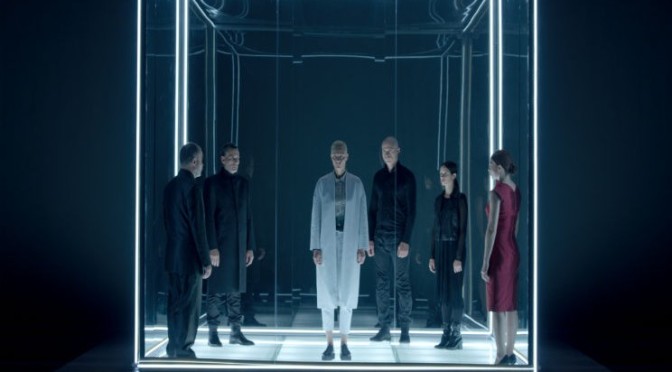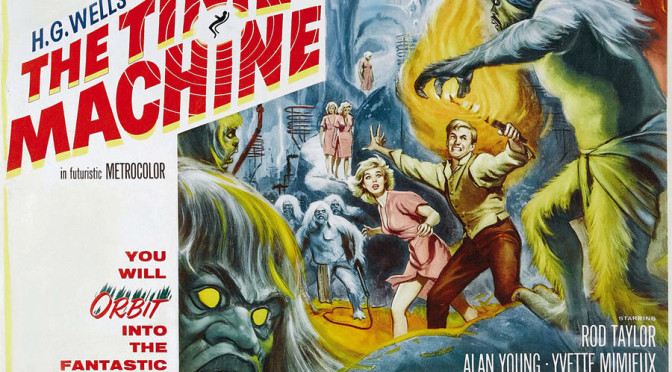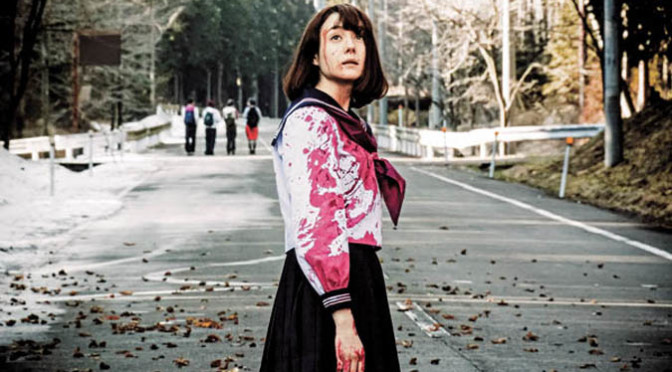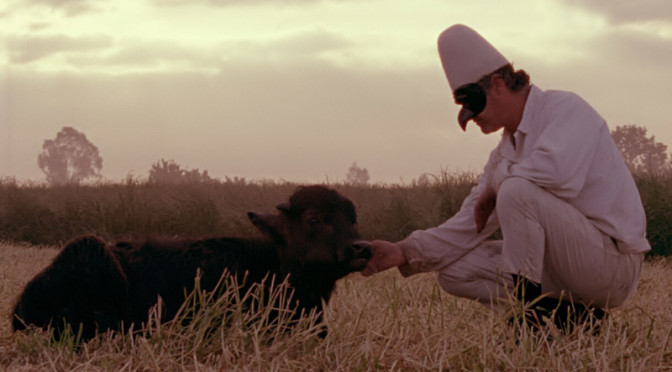Life is surreal.
Ci sono film che faticano a trovare un’anima e arrancano in mille direzioni; film che combinano il vuoto del proprio senso al tedio della visione stessa. Ecco, questo film è l’esatto opposto di tutto ciò.
Tag-Tag di Sion Sono è un film che irrompe violento in ogni direzione per poi riuscire (letteralmente e figurativamente) a tirare le fila del proprio discorso nella conclusione; un film che disorienta la percezione, ma non per celare la sua ricerca disperata di un senso smarrito, anzi. Il senso del film ha bisogno di un disorientamento totale per poter emergere nella coscienza dello spettatore. Ma sicuramente non di uno spettatore qualsiasi, perchè Tag-Tag è pur sempre un film di Sion Sono, nonché un film profondamente giapponese, che parla di e alla propria cultura e nazione, e che risulterà criptico ad uno spettatore occidentale che si trovi a digiuno di pop culture nipponica. Per questo tipo di spettatore il rischio è quello di non saper interpretare il potenziale di critica sociale nascosta dietro eccessi di violenza grottesca che possono quindi risultare divertissement fini a sé stessi: ovverosia all’incirca quello che è definito in maniera gergale (soprattutto negli ambienti di cultori manga, anime e videogames) come fanservice.
Cos’è il fanservice? Violenza eccessiva e gratuita, studentesse con gonne supercorte e che per giunta si sollevano continuamente, erotismo, promiscuità, reificazione della donna. Tutto ciò è presente in Tag-Tag. E’ buttato sullo schermo in modo sfrontato, esagerato, volutamente provocatorio. Come a chiederci: “è questo che volete?” Più il film avanza e più il gesto di ridere divertiti davanti a tutto ciò diventa un gesto colpevole. Questo carrozzone di assurdità che tanto può divertire, questo paradiso per adolescenti nerd, nasconde un inferno crudele, agghiacciante, che si rivela di minuto in minuto, mentre seguiamo Mitsuko, la giovane protagonista, nel suo calvario assurdo.
Fra tutta questa violenza e morte, ciò che più ferisce è la perdita di identità della protagonista che la rende un recipiente vuoto, un manichino uguale a tanti, una figura cristica, e, pertanto, destinata al sacrificio. Un sacrificio necessario, un gesto spontaneo che sfugge a questa logica di tortura in funzione di un godimento sadico, compiuto all’interno di una parodia che accusa proprio le masse di fans ossessivi.
Un sacrificio eroico, ma a quale scopo? E’ chiaramente il medesimo scopo che ha il film: compiere un sabotaggio interno al sistema, che possa quindi penetrare a fondo e, si spera, risvegliare qualche coscienza per sottrarla a questo grottesco girone infernale.












